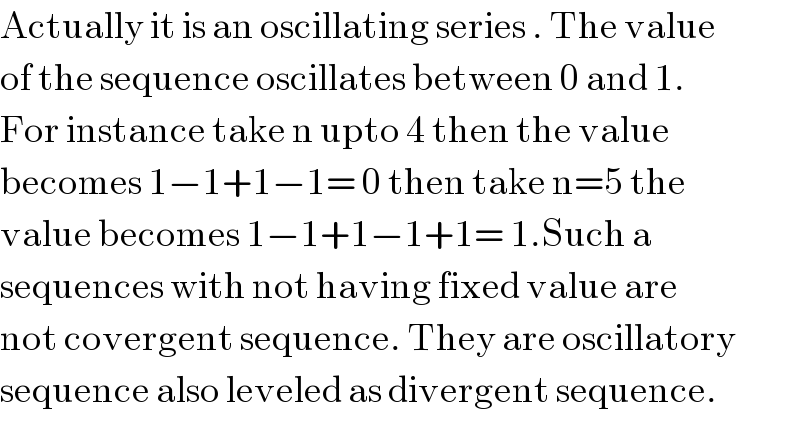Question Number 68161 by Learner-123 last updated on 06/Sep/19

Commented by Learner-123 last updated on 06/Sep/19

Commented by ~ À ® @ 237 ~ last updated on 06/Sep/19

Commented by mathmax by abdo last updated on 06/Sep/19

Commented by Learner-123 last updated on 06/Sep/19

Commented by Prithwish sen last updated on 06/Sep/19

Commented by Learner-123 last updated on 06/Sep/19

Commented by mathmax by abdo last updated on 06/Sep/19

